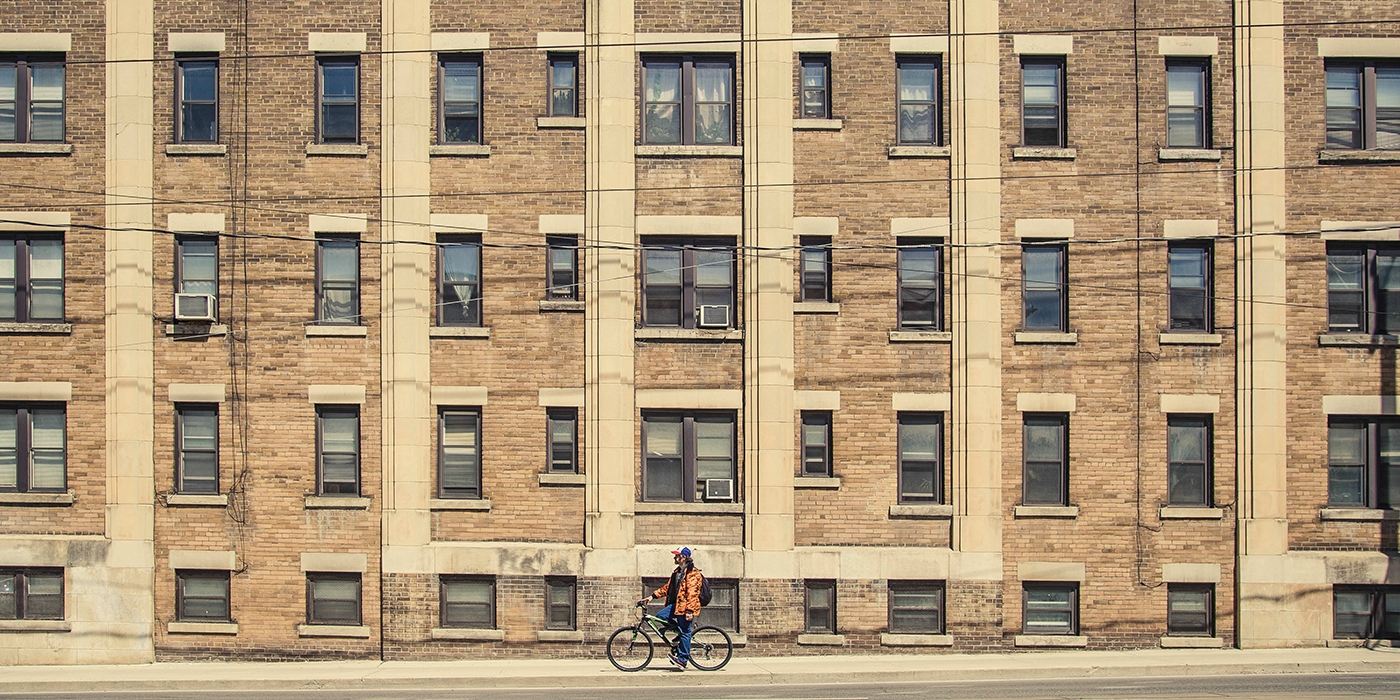Salt Lake City suffers from some of the worst air quality in the nation. Though most people in Utah understand that vehicle emissions are the largest contributor to air pollution, most Utahans misapprehend how large a role our homes and businesses play in our pollution problem. Most believe that point source emissions like refineries and mines are the second largest contributor, although according to the Department of Environmental Quality, our homes and businesses account for 39% of our air pollution, while point sources contribute 11-13%.
Our attention must turn to the second largest contributor to our poor air quality. This is particularly important given the projections that the population along the Wasatch Front will double in the next thirty years, while our vehicle fleet will gradually be replaced with cleaner cars burning lower sulfur fuel. With population growth comes new construction and increased energy use in the current stock of homes and businesses.
Building SMART from the START!
There are currently approximately 750,000 buildings in Utah’s urban areas. These buildings emit approximately 12 tons of emissions from natural gas heating on an average winter day. Buildings in Utah waste an estimated 20-30% of the energy they consume, which equates to over four million tons of CO2 emissions every year. This is equivalent to adding over 750,000 new passenger vehicles to Utah roads.
Retrofitting multi-family homes and businesses could improve efficiency by 12.5-15.8%, depending on the upgrades. In the next 35 years, these urban areas are projected to support an additional 800,000 buildings. More than double what we have today! We need to employ every available energy efficiency strategy, or else we face a significant increase in nitrogen oxide emission. Increased nitrogen oxide emissions translates into increased poor air quality in an area that already often fails to meet federal health standards!
As part of Mayor Jackie Biskupski’s platform to improve air quality and reduce Salt Lake City’s carbon footprint, the Department of Sustainability gathered feedback from community members and businesses on how Salt Lake City can take the next step to improve economic competitiveness and tackle local air pollution by improving energy efficiency in the City’s existing stock of large commercial buildings. Elevate Buildings served as an advisory group that provided important input on developing a high-impact package of policies and programs through a facilitated process. Breathe Utah was a part of this process, providing our expertise in air quality to the collaboration.

